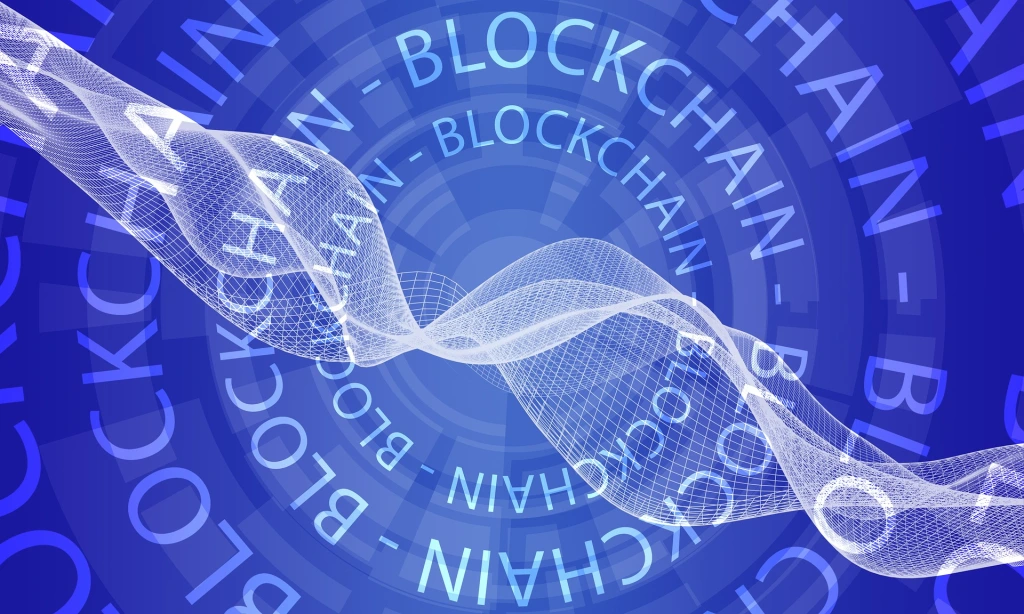
The drug R&D process is lengthy and expensive. The average cost of drug development is 2.6 billion USD and typically takes 10- 12 years, and can be broadly divided into four major stages:
- Target selection and validation.
- Compound screening and lead optimization.
- Preclinical studies.
- Clinical trials.
Majority of pharmaceutical companies face challenges in their drug development programs because of increased costs and reduced effectiveness of their research laboratories. Many discovery efforts go down the drain because 9 out of 10 candidate therapies fail between phase I trials and commercial/regulatory approval.
Continue reading








